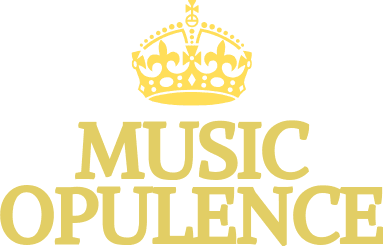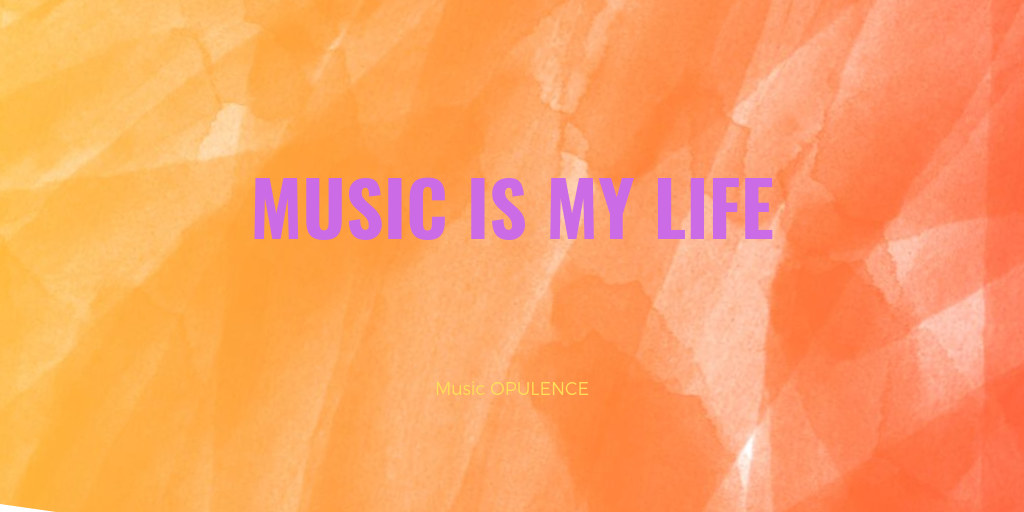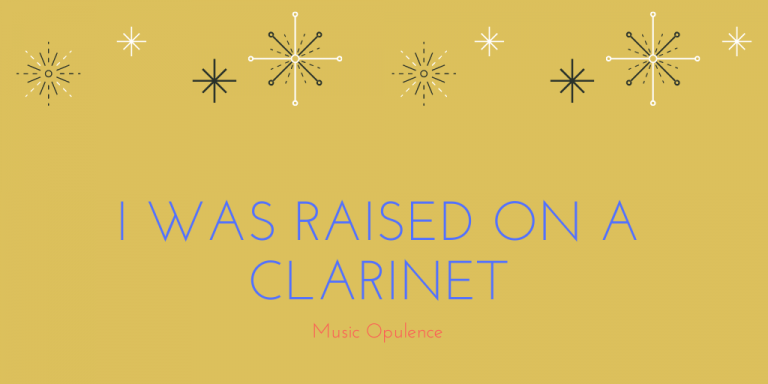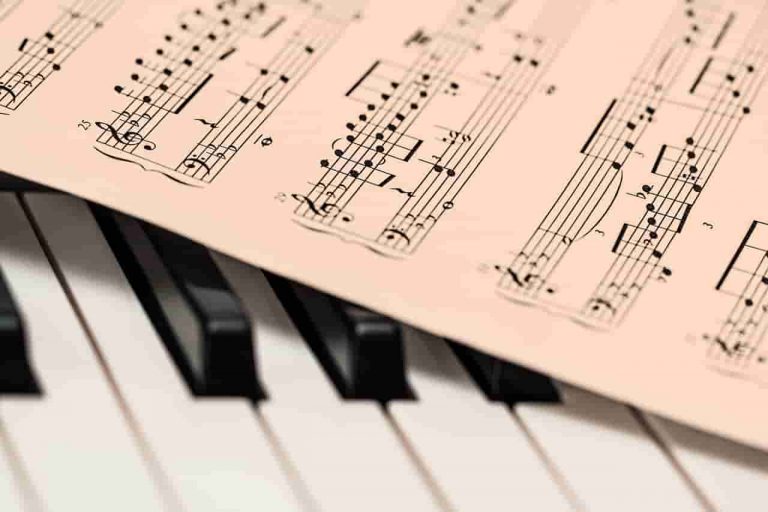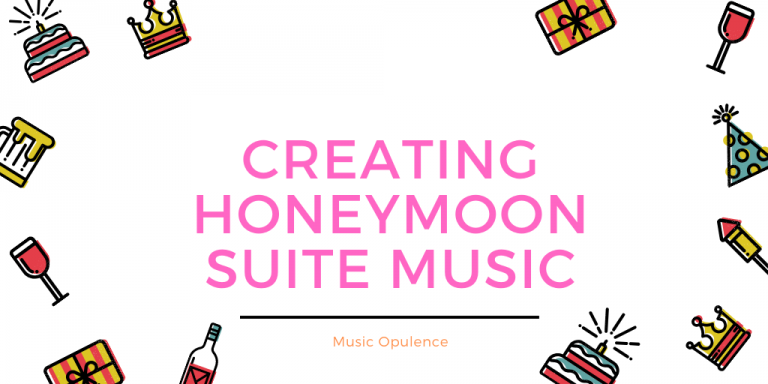Future of music therapy
Music therapy is put by practitioner music is used to attain intentions or goals. Goals or these functions could include cognitive growth, social development, self-awareness, and improvement. Music therapy aids in the satisfaction of their emotional, physical, social and sociological needs of these people. Since the amount of efficacy gained from the use of audio is high the potential of music treatment is promising.
Music therapy helps a good deal in the rise of individuals of all backgrounds and skills. It promotes advancement in communication, every day, cognitive, cognitive and social life and is useful as a remedy. At a hospital, music therapy is used to increase functioning and motor or to unwind patients, decrease pain and encourage rehabilitation.
Patients, our music therapy at a psychiatric facility to recognize and resolve conflicts, enhance their self-esteem, communicate and research their own emotions, practice the way to address issues, making or assessing important conclusions, improving decreased behavior that was inappropriate, higher motivation and skills. It assists geriatric customers to enhance physical purposes, enhanced social skills, and bodily purposes in areas like memory, reality awareness, etc..
Music therapy uses music as stimulation that is therapeutic to attain objectives. Some of those long term goals of music therapy include the following:
Physical targets such as enhancing motor working abilities such as coordination, muscle control, coordination of hand and eye, balance, locomotion, laterality, and directionality. Increasing overall endurance and endurance, enhancing the operation of sensory organs, reduce the sensitivity of these sense organs, relieve alleviate pain by deflecting from pain and distress, stimulation of natural pain killers, enhancing autonomic nervous system reaction, anxiety reduction, improving identification of body role, enhancing bodily language abilities.
Cognitive aims include enhanced learning skills like memory, impulse control, comprehend, learning, understanding, enhanced communication, endurance, environmental consciousness, integration encounters.
Emotional targets include enhanced psychological consciousness, expressing proper behavior, elevated mood, decrease in anxiety, injury, fear of sickness, improved self evaluation and surroundings, enhanced motivation, higher impulse management, frustration management, enhanced decision making abilities, problem solving abilities, encouraging a feeling of hope, developing personal consciousness, boosting acceptance, forgiveness and healing, improving self leadership and freedom, promoting a feeling of control over life, sense of achievement and encouraging spiritual exploration.
Social targets meet needs like establishing relationships, raising social participation, peer interaction, eye contact, raising reaction to nonverbal and verbal cues, strengthening and maintaining social abilities and enhancing group behaviors.
